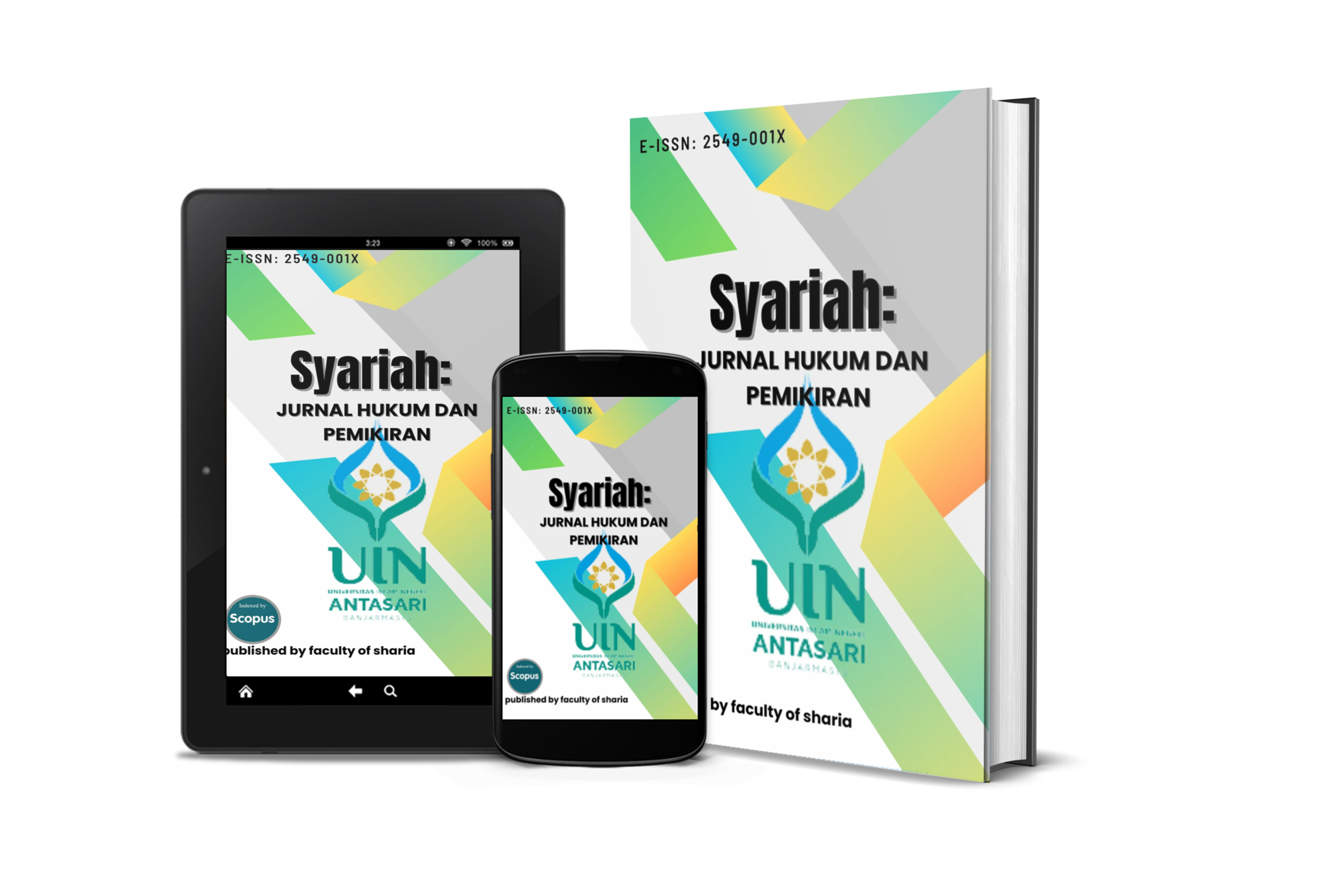The Human Right to an Environment Safe for Life and Health: Legal Regulation, Contemporary Challenges and Comparative Perspectives
DOI:
https://doi.org/10.18592/sjhp.v23i2.12257Abstract
Abstract: The purpose of the research is to disclose human rights to an environment safe for life and health. Main content. The article reveals relationship between the concepts of “human rights” and "citizen’s rights” in the environmental sphere, “ecological rights”, “ecological responsibilities” and “the human right to an environment safe for life and health”. The war initiated by Russia caused significant damage to the environment, social and industrial infrastructure, flora and fauna. Methodology: The methodological basis of the research is the dialectical method of scientific knowledge, through the application of this method considered were legal, functional, organizational and procedural aspects of the essence of human rights to an environment safe for life and health. Conclusions. The legal grounds for the allocation of ecological rights to a separate institution in the system of constitutional rights are singled out, and their definition is derived. It was emphasized that Ukrainian citizens and non-governmental organizations made a lot of efforts to document the damages. In particular, EcoAction and Environment People Law organizations collect and publish relevant data on an ongoing basis. Thus, the "EcoZagroza" platform regularly publishes estimates of damages caused by environmental crimes, these estimates are calculated by the State Environmental Inspectorate of Ukraine. Key words: human right, constitutional law, environmental conservation, environmental legislation, law.Downloads
Published
2024-01-30
Issue
Section
Articles
License
Copyright (c) 2024 Yevhen Leheza, Olena Sinkevych , Zorina Kravtsova, Olena Kudriavtseva, Ievgeniia Cherniak

This work is licensed under a Creative Commons Attribution 4.0 International License.
Authors who publish with this journal agree to the following terms:
- Authors retain copyright and grant the journal right of first publication with the work simultaneously licensed under a Creative Commons Attribution License that allows others to share the work with an acknowledgement of the work's authorship and initial publication in this journal.
- Authors are able to enter into separate, additional contractual arrangements for the non-exclusive distribution of the journal's published version of the work (e.g., post it to an institutional repository or publish it in a book), with an acknowledgement of its initial publication in this journal.
- Authors are permitted and encouraged to post their work online (e.g., in institutional repositories or on their website) prior to and during the submission process, as it can lead to productive exchanges, as well as earlier and greater citation of published work.



